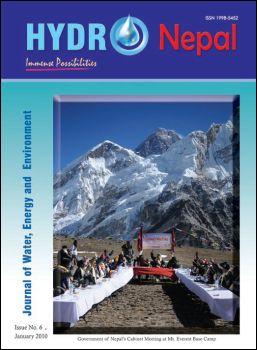Control Global Warming by Reducing Atmospheric CO2 to Carbon and Producing Energy
DOI:
https://doi.org/10.3126/hn.v6i0.4192Keywords:
House Process, Modifed house process, Fuel cell, Multipurpose plant, Electric energy production, Hydrogen production, Capturing atmospheric CO2Abstract
A multipurpose plant setup is discussed using the concept of House Process and various other techniques to achieve objectives like reducing atmospheric CO2 to carbon and thus reduce global warming, production of hydrogen gas, to produce electricity, to provide energy feedback for improved effciency. These objectives are obtained by a six stage process. In the 1st stage atmospheric CO2 is absorbed using an improvised version of House Process. In the 2nd stage, CO2 is pro-duced by heating NaHCO3, a by-product of House Process. In the 3rd stage, reaction of the produced CO2 with Mg occurs, to get Magnesium Oxide and Carbon. The 4th stage consists of recovery of Mg from its oxide by using a modifed House Process and consequent electrolysis of MgCl2.The 5th stage, energy produced by the exothermic reactions is used to produce steam and produce electrical energy by rotating a turbine. Finally, hydrogen gas is produced by the reaction of steam and magnesium. Thus the various objectives are achieved.
Key words: House Process; Modifed house process; Fuel cell; Multipurpose plant; Electric energy production; Hydrogen production; Capturing atmospheric CO2
DOI: 10.3126/hn.v6i0.4192
Hydro Nepal
Vol 6, January 2010
Page : 38-41
Uploaded Date: 24 January, 2011
Downloads
Downloads
How to Cite
Issue
Section
License
The copyright of the articles and papers published is held by HYDRO Nepal Journal.
The views and interpretation in this journal are those of author(s), and HYDRO Nepal does not bear any responsibility for the views expressed by authors in the journal.




